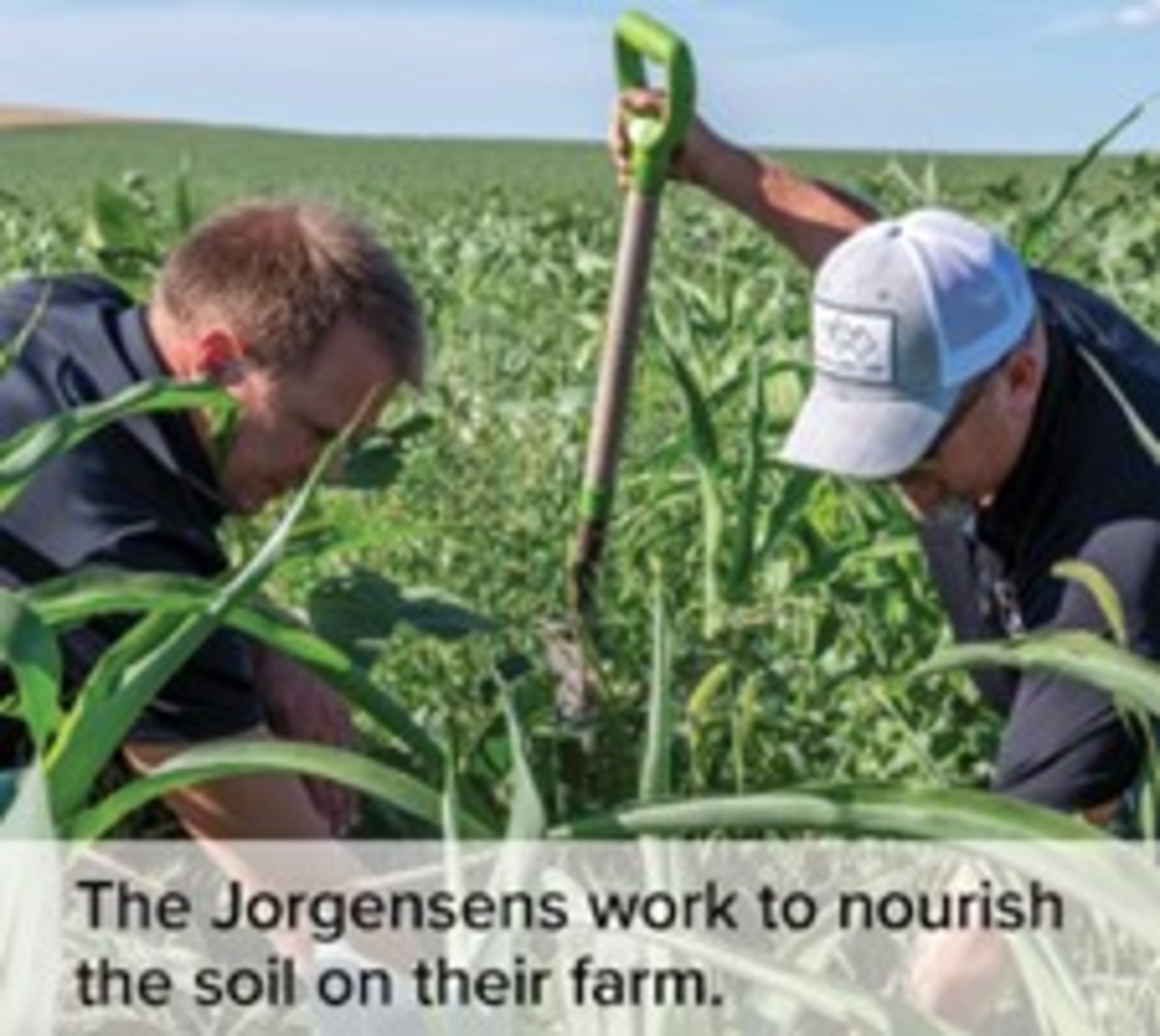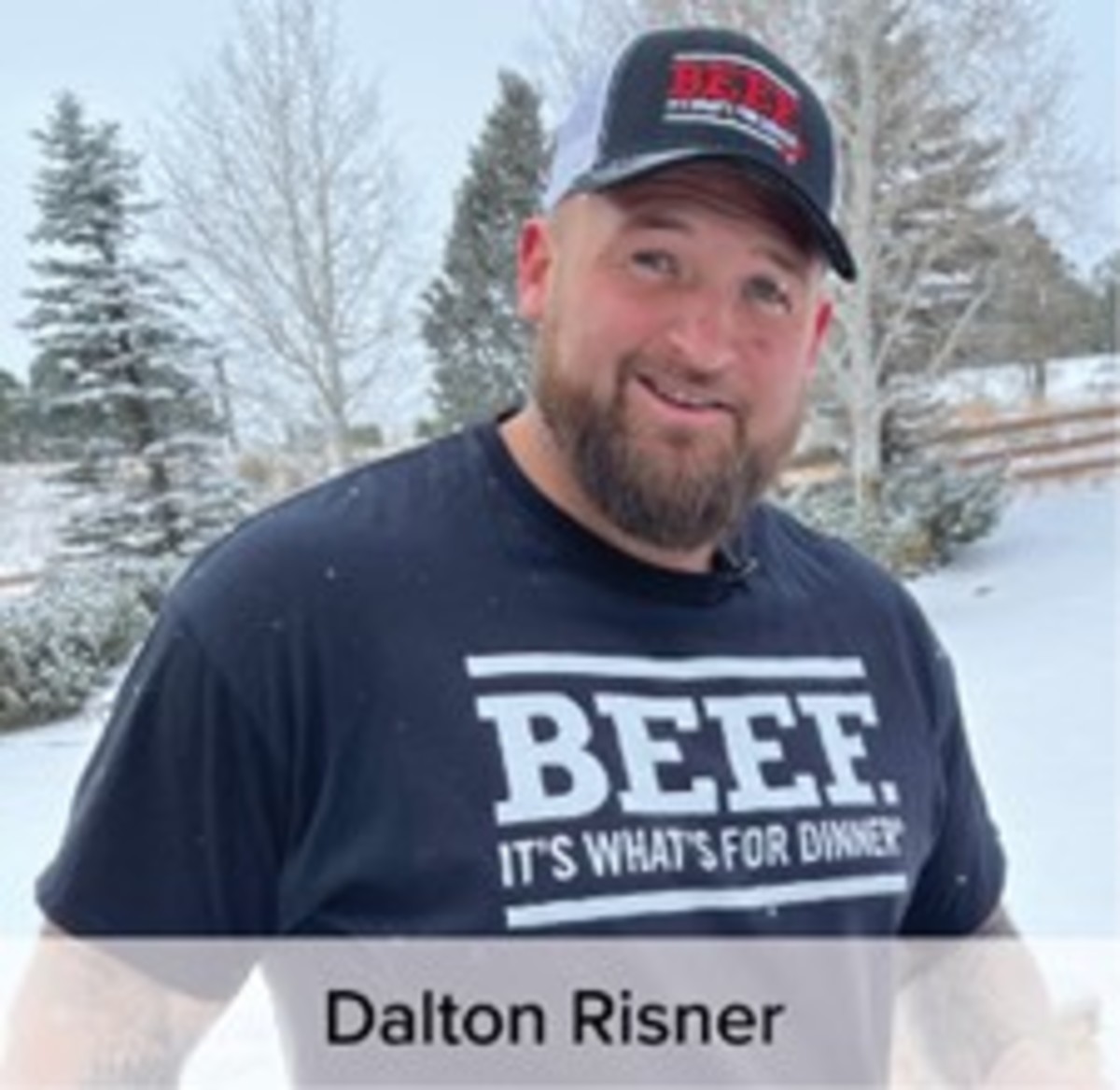From Farming to Football: How Tech is Changing The Game

Here’s a riddle: What do a 300-pound lineman and a 1,300-pound heifer have in common?
Well, they both grew up on a farm—and they both wear a GPS tracker.
The football player is Dalton Risner, a fifth-year offensive lineman who grew up on a small farm in Wiggins, Colo. The heifer is one of around 1,100 cows living on a pasture in Tripp Country, S. Dak., home of Jorgensen Land & Cattle. And if you think new technology has changed football, you won’t believe how some of those same cool gadgets are helping CEO Nick Jorgensen bring a 115-year-old ranch into the future.

“That's something that we pride ourselves on,” says Nick about the family business his great-grandfather started back in 1909. “It's just in our blood to search for a new way to do something when we can see that there's a better way to do it.”
Dalton also has raising cattle in his blood. His father was both a rancher and Dalton’s high school football coach, and helped Dalton grow from top recruit to All-American status at Kansas State to a second-round draft pick in Denver—just a two-hour drive from Wiggins, the tiny farm town where a young Dalton first dreamed of being a pro. A pro bull rider, that is.
“I always wanted to be a cowboy, and I quickly realized that as a 13 year old, I was already bigger than most professional bull riders,” says Dalton, before letting out a big laugh: “I was more concerned about the concession stand than the actual rodeo!”
As a youngster, Dalton begged his parents for a cow—and with hard work and determination, Dalton turned that one cow into 40 head of cattle, waking up early each morning before school to carry grain, bale hay, and swing a sledgehammer to make sure the watering trough didn’t freeze over in the frigid Colorado air—all of which helped Dalton stay in peak physical condition for football. So did his diet, which included beef to help Dalton build and maintain his strength. The high-quality protein and nutrients like zinc and iron make beef the perfect food for pre-game and post-game, all throughout training and recovery, and—of course—for every Risner family cookout. Nowadays, Dalton’s diet still includes beef, of course, but he also uses advanced technology to make sure he’s at the top of his game: wearable biometric and GPS technology tracks Dalton’s every step, sprint, and heartbeat during practice, which helps his coaches and trainers keep him in top physical condition
Technology and nutrition are not only key for athletes—they are also a focus for ranchers across the country. For example, in South Dakota, the Jorgensens have always been industry innovators, but today’s technology is changing the game. Just like how football teams use data and analytics to find players who will become stars, the Jorgensens are leading the way in cattle genetic testing—using science and family history to raise the healthiest cows, in the most sustainable way. Both the Jorgensens and Dalton’s family also work with veterinarians to develop nutritious diets for their cattle. From there, the cattle can use their special stomachs to upcycle plants and forages that humans can’t eat into high-quality protein for people.

In the same way wearable tech helps track Dalton’s performance during training, cattle on the Jorgensen ranch wear GPS tracking collars that provide all kinds of helpful information. For example, if Dalton’s top speed drops during practice, his coaches can figure out if he is injured. Digital cattle tracking means Nick Jorgensen can figure out how much his animals are moving and eating on a daily basis, which can help the ranchhands find a sick or injured cow quickly and nurse her back to health.
While he is still in his prime on the playing field, Dalton already has his mind on raising cattle, as his post-career plans are his original dream: to be a cowboy. One thing’s for sure: with evolving technology and nutrition science, Dalton will apply what he’s learned as a professional athlete to raising his cattle—a commitment to constant improvement and an eye toward the future.
